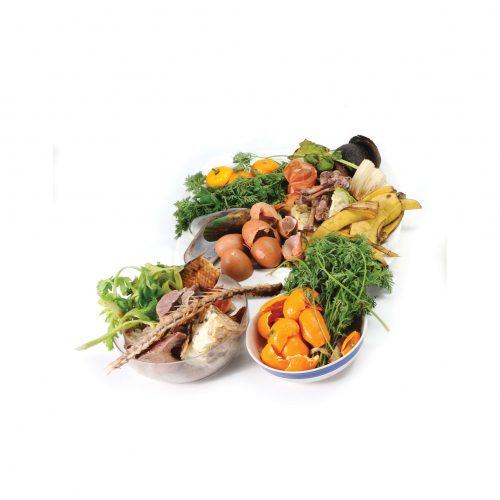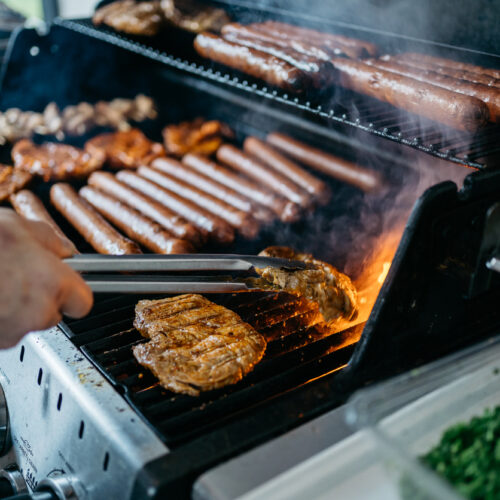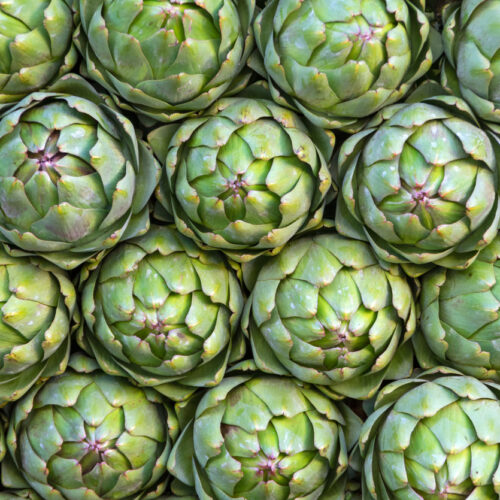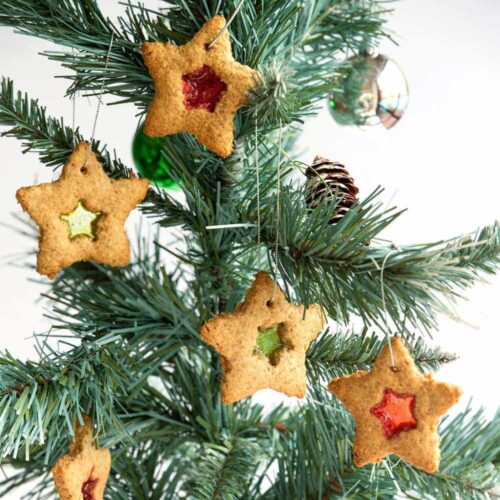
We routinely throw away food that’s good to eat — we feel bad and it costs us money! Niki Bezzant shares tips on how we can avoid this.
Food wastage is a major problem around the world. It’s estimated that a third of all food produced for human consumption is wasted.
Some food waste can’t be avoided — such as banana skins and egg shells — but nearly half of what we throw away could still be used.
The Love Food Hate Waste campaign is being run by 60 councils across the country to encourage us to think about how to waste less food. Similar campaigns overseas have resulted in significant reductions in food sent to landfill, e.g. by 18 per cent in the UK.
What do we throw away?
Love Food Hate Waste researchers got their hands dirty, literally, to find the answer to this question. They delved into the bins of 1400 households to see what went into the bin — with some startling results. The average household throws away 2.84kg of food waste, of which just over half is avoidable, meaning it could have been eaten at some point.
The most common avoidable food waste was bread, which makes up 10 per cent, followed by leftovers at eight per cent. Fresh vegetables and fruit make up most of the rest.
Why do we throw food away?
According to other Love Food Hate Waste research, Kiwis feel bad about wasting food — 89 per cent of us say it feels wrong, and 82 per cent say waste reduction is an important issue. But we still struggle with what to do, and some of us are in waste denial. When surveyed, people believed they threw away food worth about 5 per cent of their weekly food expenditure. But the rubbish bin audit revealed it to be much more.
The main reason for food waste in households is leftovers not being eaten or re-used, or food in the fridge or freezer going off. People in the ‘high food wasters’ category — about 27 per cent of households — are not as good at making up meals from what they have at hand, or at making just as much food as they need. They’re also less likely to put leftovers in the fridge or freezer after a meal. People who waste more food are also much more likely to throw out food when it hits its ‘best before’ date.
The good news is it’s easy to avoid throwing too much usable food away. We’ve got some tips.
Stalks, stems and leaves: Don’t toss them!
Here are the top five foods that are wasted because we don’t realise they’re edible. All these can be chopped and added to stir-fries, soups, casseroles and stews. What’s more, the stalks are just as nutritious (sometimes more so) than the main part of the vege!
- Broccoli stalks and leaves (2541 tonnes a year thrown away)
- Cauliflower stalks and leaves (729 tonnes)
- Silver beet stalks (598 tonnes)
- Celery tops (269 tonnes)
- Dark-green tops of leeks (59 tonnes)
Use by vs best before
What do they mean?
Use by
This is stated on the packaging of foods that must be eaten before a certain date for food safety reasons. Foods should not be eaten after the use by date and can’t legally be sold after this date because they may pose a food safety risk.
Best before
Most foods have a best before date. You can still eat foods for a while after the best before date as they should be safe but they may have lost some quality. Foods that have a best before date can legally be sold after that date provided the food is fit for human consumption.
10 things we throw away and simple tips to avoid it
Bread
- Store bread in the freezer and remove as you need it
- Use stale bread to make breadcrumbs (whiz in a processor or chop finely)
- Use stale bread for bread and butter pudding, pastry cases or toasties (see Leftover food?, below)
Leftovers
- Take leftover cooked food for lunch
- Freeze leftovers (write on the containers what’s inside!)
- Turn leftover stews or curries into pies: wrap in filo or pastry, or put into a casserole and top with mash
Potatoes
- Buy potatoes in smaller quantities
- Store potatoes away from onions so they last longer
- Make shepherd’s pie or a vege potato-top pie
Apples
- Stew soft apples with a little sugar or honey and eat with breakfast
- Grate apple and use in cakes and muffins
- Bake apples with raisins and honey
Chicken
- Freeze chicken as soon as you bring it home if you’re not eating it the same day
Bananas
- Put over-ripe bananas in the freezer — you can leave them in their skins
- Use frozen bananas as a sweetener in baking, smoothies and desserts
Lettuce
- Buy smaller quantities of lettuce — try ‘mini’ varieties
- Plan to have salads with most meals so you use lettuce early in the week
- Try shredded lettuce as part of a slaw
- Lettuce can be chopped and added to cooked dishes like sauces and stews
Oranges
- Use orange zest to add flavour to sweet dishes
- Add orange slices to salads
- Use orange juice in salad dressing instead of lemon juice
- Squeeze oranges and make fresh juice
Pumpkin
- Cut up your pumpkin when you get it home so it’s ready to use (store well-wrapped)
- Make simple pumpkin soup or add to other veges in soups
- Chop pumpkin into small pieces and add to casseroles, stews and stir-fries
- Roast a batch of pumpkin and use in salads and pasta dishes
Carrots
- Grate carrot and add to baking — try carrot cake or muffins
- Julienne or thinly slice and make quick carrot pickle — just add white vinegar, salt and sugar and leave for 30 minutes.
- Juice carrots (add to orange juice or have on its own)
Leftover food?
Try our recipes for using up some of the most commonly wasted foods:
Bread
Chicken
Apples
Potatoes
Bananas
Pumpkin
Carrots
Oranges
Onions
Store it right!
Love Food Hate Waste’s top five storage tips to avoid wasting food:
- Never store potatoes next to onions. They both like cool dark places, but they are ‘frenemies’, making each other deteriorate faster. So keep your potatoes in the pantry and your onions in a cupboard.
- Most liquids such as wine and milk, and dips such as hummus and pesto can be frozen. Use ice trays to freeze any leftovers then, once frozen, pop them in a bag so you can use as needed.
- Apples ripen six to 10 times faster at room temperature, so store most of your apples in your fridge and only have a couple in your fruit bowl at a time.
- Celery quickly goes limp in the fridge, or slimy if stored in water. Wrap your celery in a paper towel and store it in a large ziplock bag.
- Carrots last longer if you take them out of their plastic bag and put them in a plastic storage container lined with a paper towel to soak up the condensation.
For more information see the Love Food Hate Waste Facebook page.
www.healthyfood.com










